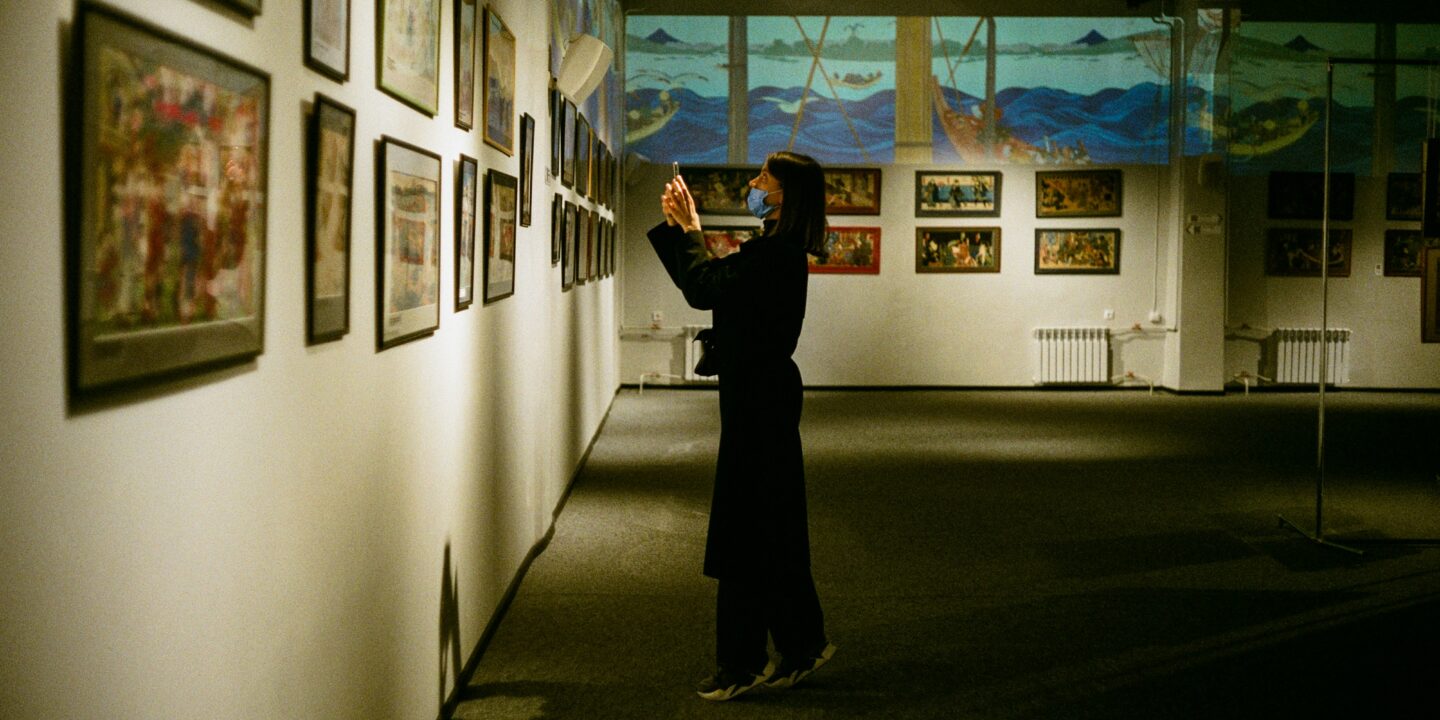
Introduction to Ancient Art
Ancient artz offers a fascinating glimpse into the lives and beliefs of civilizations long gone. From intricate carvings to vibrant frescoes, each piece tells a story that transcends time. Imagine wandering through ancient ruins or museums, where every artifact whispers secrets of its era.
As we embark on this cultural journey, we’ll uncover how these artistic expressions shape our understanding of history and human experience. The beauty in ancient artz lies not just in its aesthetic appeal but also in the profound narratives it conveys about society’s evolution over centuries. Join me as we explore the rich tapestry woven by artists from diverse cultures, revealing their legacy one brushstroke at a time.
The Significance of Ancient Art in Understanding History and Culture
Ancient artz serves as a window into the past, revealing the beliefs and values of civilizations long gone. Each piece tells a story, offering insights into the social structures, religious practices, and daily lives of people from different eras.
Moreover, ancient artz fosters connections between diverse cultures. It encourages dialogue about our collective heritage while reminding us of our similarities amid differences. The significance lies not only in aesthetics but also in understanding who we were and how far we’ve come as a society.
A Brief History of Ancient Art Movements
Ancient artz spans millennia, showcasing the evolution of human creativity. Each civilization left its mark through distinctive movements.
The earliest forms emerged in prehistoric times, with cave paintings offering glimpses into early human life. The use of natural pigments showcased both artistry and communication.
In Greece, classical ideals took precedence; realism and proportion became essential elements of sculpting. This period celebrated the human form like never before.
Each ancient art movement reflects a unique cultural narrative—showcasing the interconnectedness between society’s values and its creative expressions throughout history.
Exploring Different Styles and Techniques in Ancient Art
Ancient artz showcases a rich tapestry of styles and techniques that reflect the diverse cultures of their time. From the intricate frescoes of Pompeii to the bold carvings in ancient Egypt, each artwork tells a unique story.
Sculpture was often used to immortalize figures, with materials ranging from stone to metal. The Greeks mastered realism, while the Romans focused on monumental architecture.
Textiles also played an important role in ancient artz. Woven tapestries not only served functional purposes but also conveyed cultural narratives through patterns and colors. Each piece is a window into the belief systems and aesthetics of its era.
Cultural Influences on Ancient Art
Ancient art is a vibrant reflection of the cultures that birthed it. Each piece tells a story, influenced by local beliefs, environmental factors, and social structures.
Religious practices often shaped artistic expressions. Temples adorned with intricate sculptures showcased divine narratives that guided communities’ spiritual journeys.
Geography also played a crucial role. Coastal societies may feature marine motifs while those in arid landscapes leaned towards depictions of flora and fauna unique to their environment.
Social hierarchies further dictated art’s direction. The elite commissioned grand works to display power and wealth, leaving an indelible mark on the visual landscape of ancient civilizations.
Through each layer of influence, ancient art reveals not just aesthetic values but also the fundamental essence of life during its time.
Temporal Development of Ancient Art
The temporal development of ancient art reflects the evolution of human thought and creativity across civilizations. Each era brought its innovations, influencing not only aesthetics but also techniques.
For instance, prehistoric cave paintings in Lascaux showcased early humans’ connection to nature. These artworks utilized natural pigments and were often ritualistic in purpose.
In Asia, dynasties such as the Han produced intricate pottery and calligraphy that emphasized harmony between man and nature. This diversity highlights how cultural contexts shaped artistic progression throughout history.
Famous Works of Ancient Art and Their Impact on Society
Ancient artz holds a mirror to society, showcasing the values and beliefs of civilizations long gone. One striking example is the Parthenon Marbles from ancient Greece. These sculptures not only embody artistic mastery but also represent democratic ideals and cultural pride.
Another significant piece is the Terracotta Army in China. Discovered in 1974, these life-sized figures reflect the emperor’s quest for immortality, illustrating how art served both religious purposes and national integrity.
Each artwork reveals layers of meaning that resonate through time. Their influence extends beyond aesthetics; they shape our understanding of human history and collective identity. The stories behind these masterpieces inspire contemporary artists while inviting us all to reflect on our shared heritage.
Preservation and Restoration of Ancient Art
Preservation and restoration of ancient art are essential for maintaining our cultural heritage. These processes ensure that the beauty and significance of historical works endure through time.
Innovative technology plays a crucial role in this field. Digital imaging can help reveal hidden layers beneath the surface. 3D scanning offers insights into structural integrity without risking damage.
Public awareness also matters greatly in preservation efforts. Engaging communities fosters appreciation for these treasures, encouraging support for conservation projects worldwide. As stewards of history, we share responsibility for protecting our cultural narratives.
Modern Interpretations of Ancient Art
Modern interpretations of ancient art breathe new life into classic works. Artists today often draw inspiration from the past, reimagining traditional themes through contemporary lenses.
Technological advancements play a pivotal role in this reinterpretation. Digital platforms allow for innovative displays, merging ancient motifs with modern techniques. This fusion creates vibrant dialogues between historical and current artistic expressions.
These modern takes enrich our understanding of history while inviting fresh conversations about cultural significance. They remind us that even age-old concepts can evolve, maintaining relevance in an ever-changing world.
Conclusion: The Ongoing Relevance
Ancient artz continues to captivate and inspire us today. They serve as a bridge connecting the past with our present, revealing insights into human experience across time. Each piece of ancient art holds stories that transcend generations, reflecting cultural values, social dynamics, and historical events.
As modern society grapples with its identity amidst rapid change, these timeless works remind us of our shared heritage. They challenge us to think critically about where we come from and how those roots shape who we are now. The ongoing study and appreciation of ancient art enhance our understanding of diverse cultures while fostering a sense of unity in an increasingly fragmented world.
Exploring ancient art is more than just an academic pursuit; it’s a journey into the very essence of humanity itself. As long as there are curious minds eager for knowledge, the significance of ancient art will resonate throughout time.
For More, Click Here














